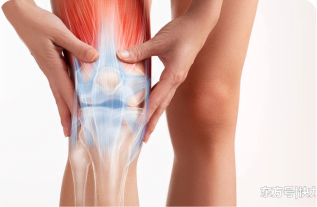KNEE PAIN
The knee is a complex structure consisting of muscles, ligaments, tendons, and cartilage. ACL ruptures and meniscal tears are two of the most common sports injuries due to the high stress level placed on the joint. Similarly, the knee is the most common joint for osteoarthritis.
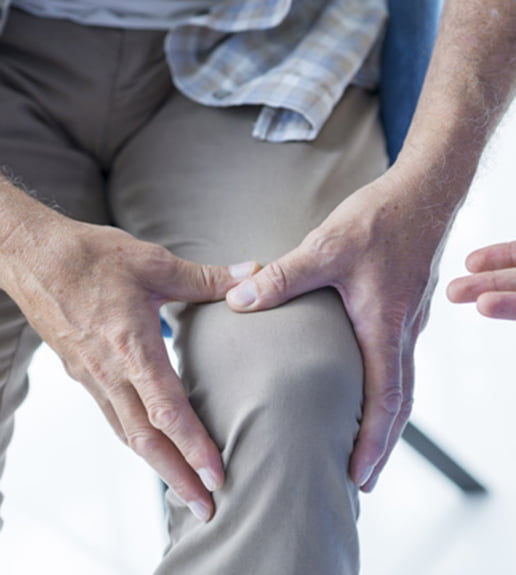
Types of knee pain
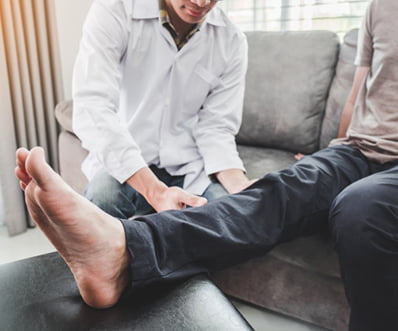
Chronic
such as runners knee or arthritis

Acute injury
such as torn ACL (anterior cruciate ligament) or torn meniscus
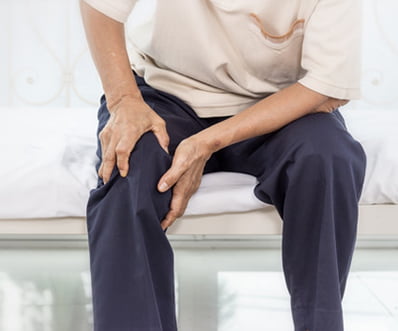
Referred pain
pain that gives false perception of an injury to another location (hip, feet, IT band, or lower back) often resulting in misdiagnosis
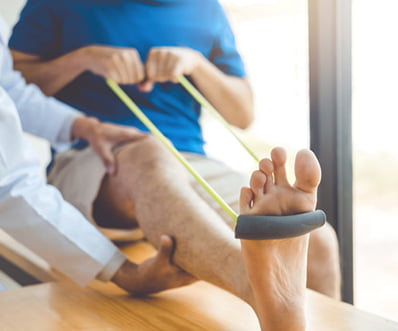
Diffuse pain
pain that spans from the knee and ends in the Foot, ankle, IT band, or hip
Causes of knee pain
- Osteoarthritis
- Autoimmune disease (such as rheumatoid arthritis)
- Inflammation such as tendinitis or bursitis (inflammation of bursae)
- Fractured bone
- Dislocation
- Pinched peroneal nerve
- Lax or strained (stretched or torn) muscles, ligaments, tendons, or cartilage
- IT (Iliotibial) band syndrome
- Chronic or acute overuse
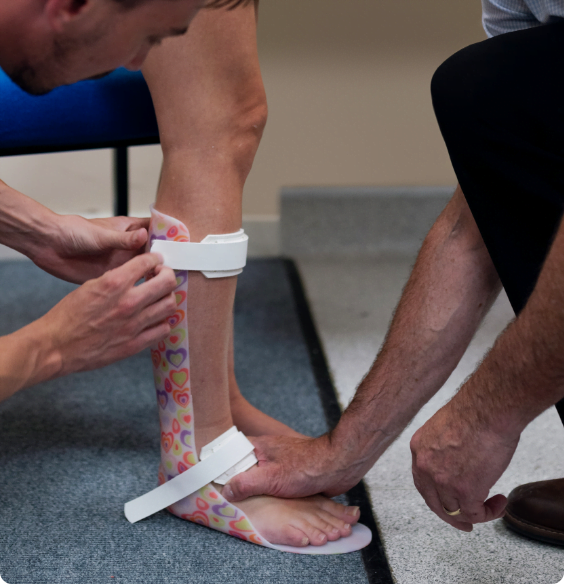
Symptoms of knee pain
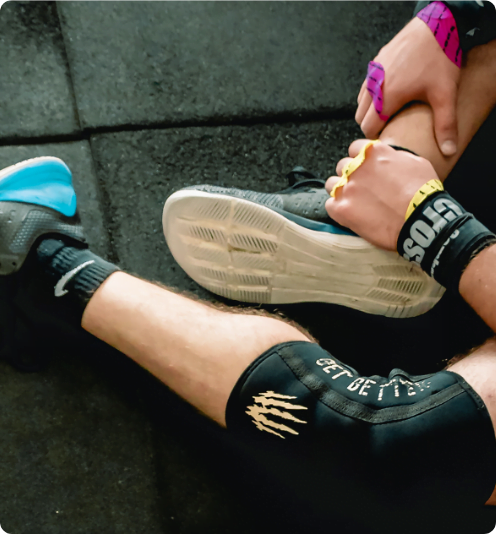
- Burning, numbness, or tingling
- Stiffness, limping, or immobility
- Swelling, redness, or warmth
- Grinding, grating, or popping sensation
- Overall discomfort and weakness
Complications and Risks
If left untreated the disease or injury may worsen, creating an imbalance of your muscles and ligaments. This imbalance can lead to inappropriate shortening and lengthening of opposing muscles resulting in weakness. Consequently, these imbalances activate your body’s natural response to compensate. Compensation may cause subsequent injuries to your other knee as well as your hips and spine.
Risks Factors
- Obesity
- Age
- Wear and tear from overuse
- Occupation
- Sports
- Lack of flexibility

